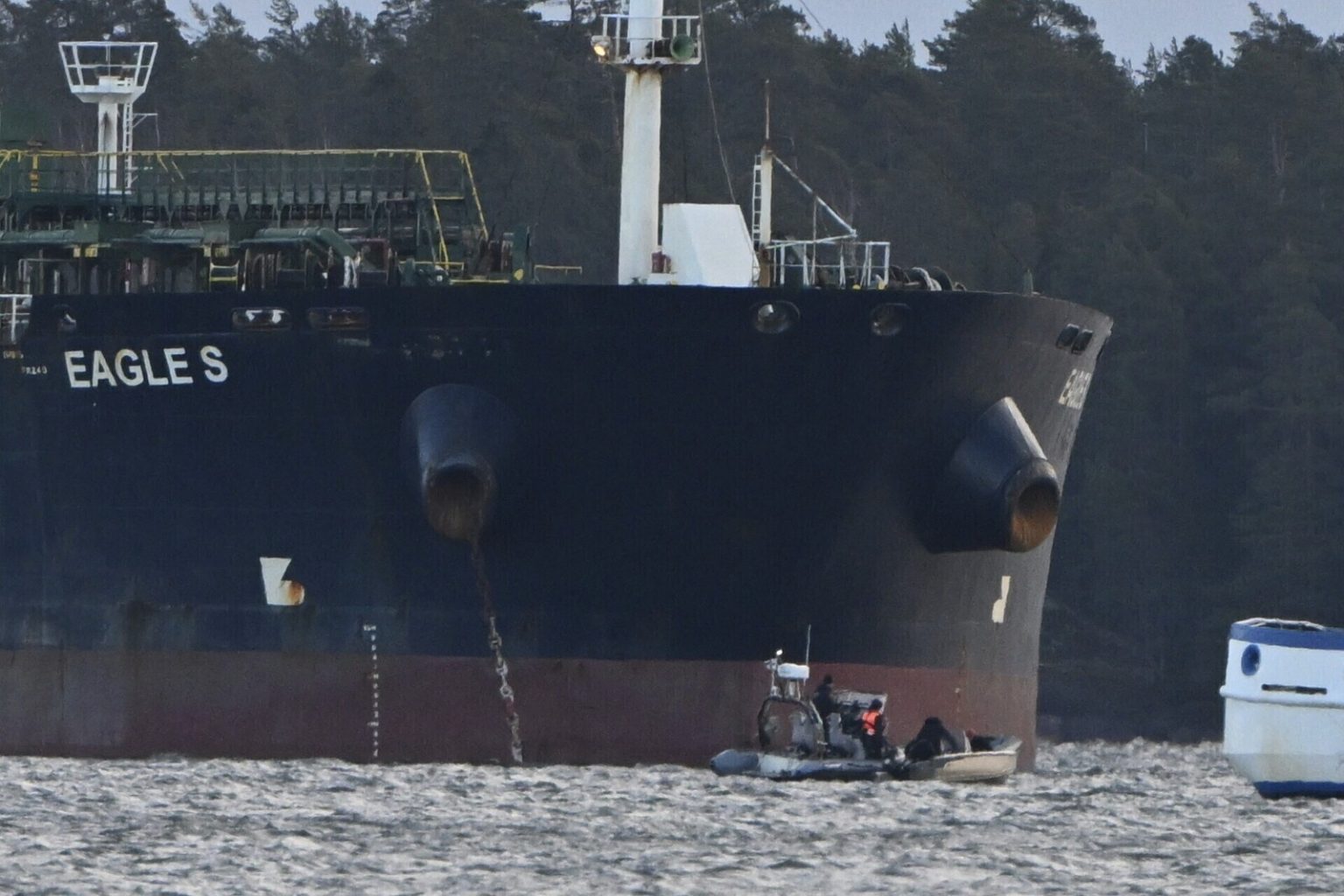The recent spate of cable breaks in the Baltic Sea, initially raising concerns of sabotage and international intrigue, now appears to be the result of a series of maritime accidents involving poorly maintained vessels belonging to Russia’s so-called ”shadow fleet.” This fleet, operating largely outside of regulatory frameworks and international scrutiny, has long been suspected of engaging in illicit activities, but the emerging narrative suggests a more mundane, albeit still damaging, explanation for the cable disruptions: accidental snagging by dragging anchors. While initial speculation pointed towards deliberate acts of aggression, investigations by both American and European security services have failed to unearth any concrete evidence supporting the sabotage theory. Instead, the focus has shifted towards the operational practices and the alarming state of disrepair within this opaque fleet.
The implications of these findings are multifaceted. Firstly, they paint a picture of a Russian maritime sector struggling with fundamental maintenance and operational standards, potentially indicative of broader economic and logistical challenges within the country. The ”shadow fleet,” comprised of vessels often operating under flags of convenience and lacking proper oversight, represents a significant maritime safety risk, not just for vital undersea infrastructure but also for general navigation in the Baltic Sea. The apparent inability to control anchoring procedures and maintain seaworthy vessels raises serious concerns about the fleet’s overall competence and the potential for future accidents, potentially with even more serious consequences. The ongoing investigations underscore the need for greater transparency and accountability within this shadowy maritime realm.
The revelations also challenge the initial assumptions of malicious intent, highlighting the importance of thorough investigation and evidence-based analysis before jumping to conclusions in matters of international security. While the absence of evidence of sabotage is reassuring in the immediate context, it also underscores the pre-existing tensions and suspicions surrounding Russian activities in the region. The Baltic Sea is a strategically crucial area with multiple undersea cables carrying vital data and communication traffic, making any disruption, intentional or accidental, a matter of significant concern for the surrounding nations. The initial suspicion of sabotage reflects the heightened state of geopolitical anxiety and the prevailing distrust towards Russia’s actions, particularly in light of the ongoing conflict in Ukraine.
The information provided by an unnamed official from a Nordic country, with insight into the ongoing investigation, lends further credence to the accidental damage theory. This official’s assessment, as reported by The Washington Post, not only confirms the prevailing consensus within the security services but also sheds light on the truly dire state of the ”shadow fleet.” The statement that the fleet’s condition is ”worse than we thought” underscores the gravity of the situation and raises questions about the extent of Russia’s ability to effectively manage and regulate its maritime assets. This revelation also highlights the importance of international cooperation in maritime safety and security, emphasizing the need for stricter regulations and enforcement mechanisms to prevent future accidents.
The economic and geopolitical implications of these findings are substantial. Damaged undersea cables disrupt vital communication networks, affecting businesses, governments, and individuals reliant on these connections. The costs associated with repairing these cables can be significant, placing a financial burden on the affected parties. Furthermore, the repeated incidents highlight vulnerabilities in critical infrastructure, raising concerns about the resilience of these systems in the face of both accidental damage and potential future acts of sabotage. The incident underscores the need for improved protection and redundancy in undersea cable networks to mitigate the impact of future disruptions, regardless of their cause.
In conclusion, the emerging narrative surrounding the Baltic Sea cable breaks paints a picture of negligence and operational incompetence within Russia’s ”shadow fleet” rather than a deliberate act of sabotage. While the absence of evidence of malicious intent offers some degree of reassurance, the underlying issues of poor maintenance and lax safety standards pose a significant risk to maritime security in the region. This incident serves as a stark reminder of the importance of robust regulatory oversight, international cooperation, and the crucial role of thorough investigation in accurately assessing and addressing complex security challenges. The ongoing investigation and the revelations about the ”shadow fleet’s” condition should serve as a catalyst for improved maritime safety practices and greater transparency in this often overlooked yet vital sector. The incident further emphasizes the interconnectedness of global infrastructure and the potential for seemingly mundane operational failures to have far-reaching consequences.














